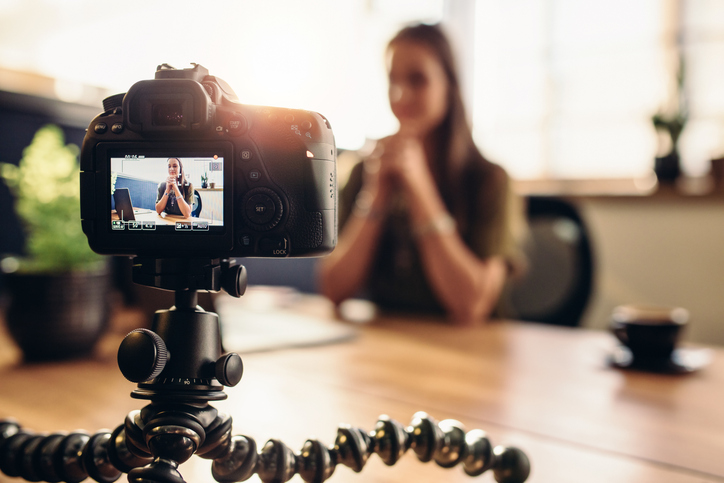
Using video in the courtroom is instrumental in helping lawyers make a strong, well-organized case. Videos help better illustrate points in an argument and create a more meaningful impact on the jury. Statistically, people remember only 20% of what they hear, 30% of what they see, and, amazingly, 70% of what they both see and hear. By using video, you are both able to help your evidence stand out and make your audience more sympathetic to your case. Here are just a few ways that you can use video to strengthen your case.
Illustrate Your Arguments
Video helps you show exactly what you mean during an argument. For example, instead of explaining how your quadriplegic client needs daily assistance, you can show on screen a video of your client struggling to perform daily tasks. In the video, one can see all the difficulty your client undergoes in a task that most take for granted, stirring an emotional response in the viewer. No matter how eloquent of a speaker you are, showing your jury your point through video helps them both understand and sympathize with you better. They are also much more likely to remember this piece of evidence when deciding on a verdict.
Record Video Depositions
A video deposition is simply a deposition that involves a videographer to record the deposition. During a case, video depositions are invaluable; cases can last months, even years, making it difficult for witnesses to remember what they said. Video depositions prove what was said if the witness doesn’t remember or lies on the stand. The witness cannot state they did not say something if it’s on video. A lawyer has the option to continually refer to this video evidence whenever needed throughout the case. Video depositions are a must-have for every case.
Document Daily Living Videos
Daily living videos create an animated portrait of your client, allowing you to depict the newfound struggle that the client must undergo and gain sympathy from your audience. Daily living videos in the courtroom highlight how difficult performing even the simplest tasks are while also portraying how a client simultaneously seeks their independence. Such a portrayal allows the audience to emotionally connect with the client, and even more so when the client succeeds at fulfilling a difficult yet routine task such as getting dressed, going to the store, or cooking a meal.
Through video, the viewers become educated on what it’s really like to live with a debilitating injury or condition, something they might not understand through a verbal argument alone. Most jurors have no idea of the little details involved in traumatic injuries, and video helps them understand the gravity of the client’s situation. These types of videos can help the client get awarded more money because of the sympathetic connection made using a video. A lawyer is also likely to get a settlement faster when the defense counsel sees how the client’s life has been affected.
Give Courtroom Presentations
A technological courtroom presentation drastically increases the jurors’ ability to understand the case. In a study conducted by B. Dixon Jr. for the National Center for State Courts, 94% of jurors agreed or strongly agreed that the use of technology “improved their ability to serve as a juror in this case,” and 86% of surveyed jurors agreed that technology used to display exhibits and play audio increased their understanding of evidence presented in the case. A courtroom presentation provides a visual representation of the message that the lawyer is trying to convey in an impactful and meaningful way and, while not exclusively a video per se, this visual presentation does include video components that help the jurors better understand the case.
The use of technology is often necessary for presenting openings, exhibits, demonstratives, and video depositions. Having an expert in this software run the presentation is recommended to make sure the litigator can make a clear argument that doesn’t confuse the jurors. A professional certified in legal videography can not only help you run your courtroom presentation but will also help you use the software to put together document images, photographs, graphics, video, animation, and other exhibits into a clear and convincing courtroom presentation.
Video in the Courtroom Makes an Impact
Using video and images in your court case will convey a stronger argument and help you make a greater impact on your audience. Shereck Video Services can create any video that you need for your case as well as help you put together, with advanced technology, a courtroom presentation. Video is no longer optional but mandatory in a world where people are used to engaging screens daily. Let us help you make a stronger case with video.